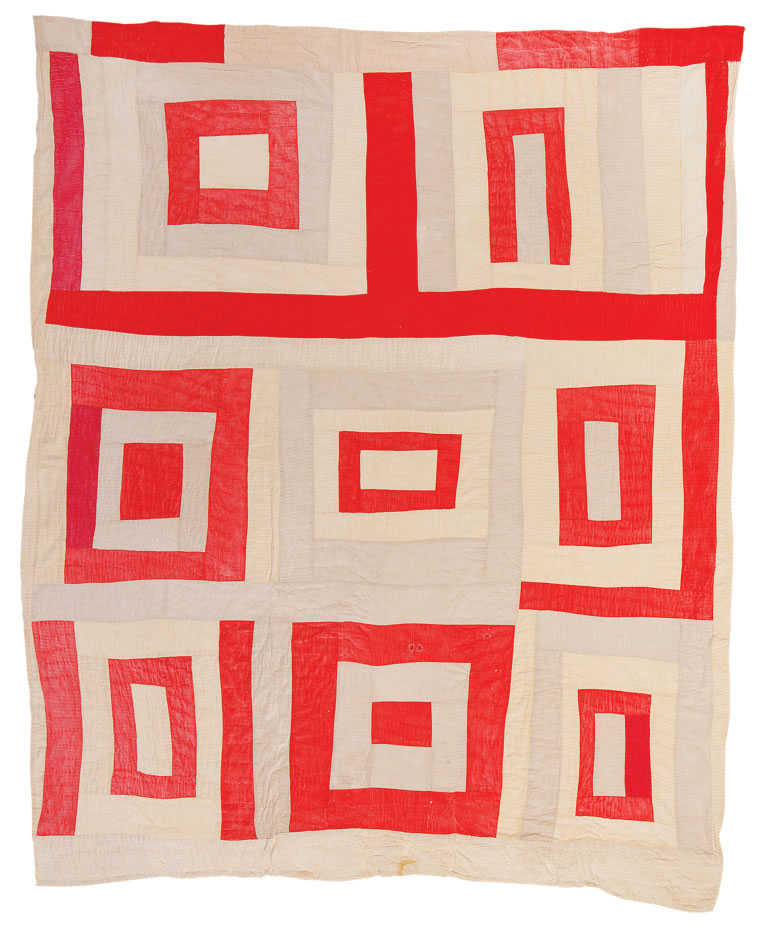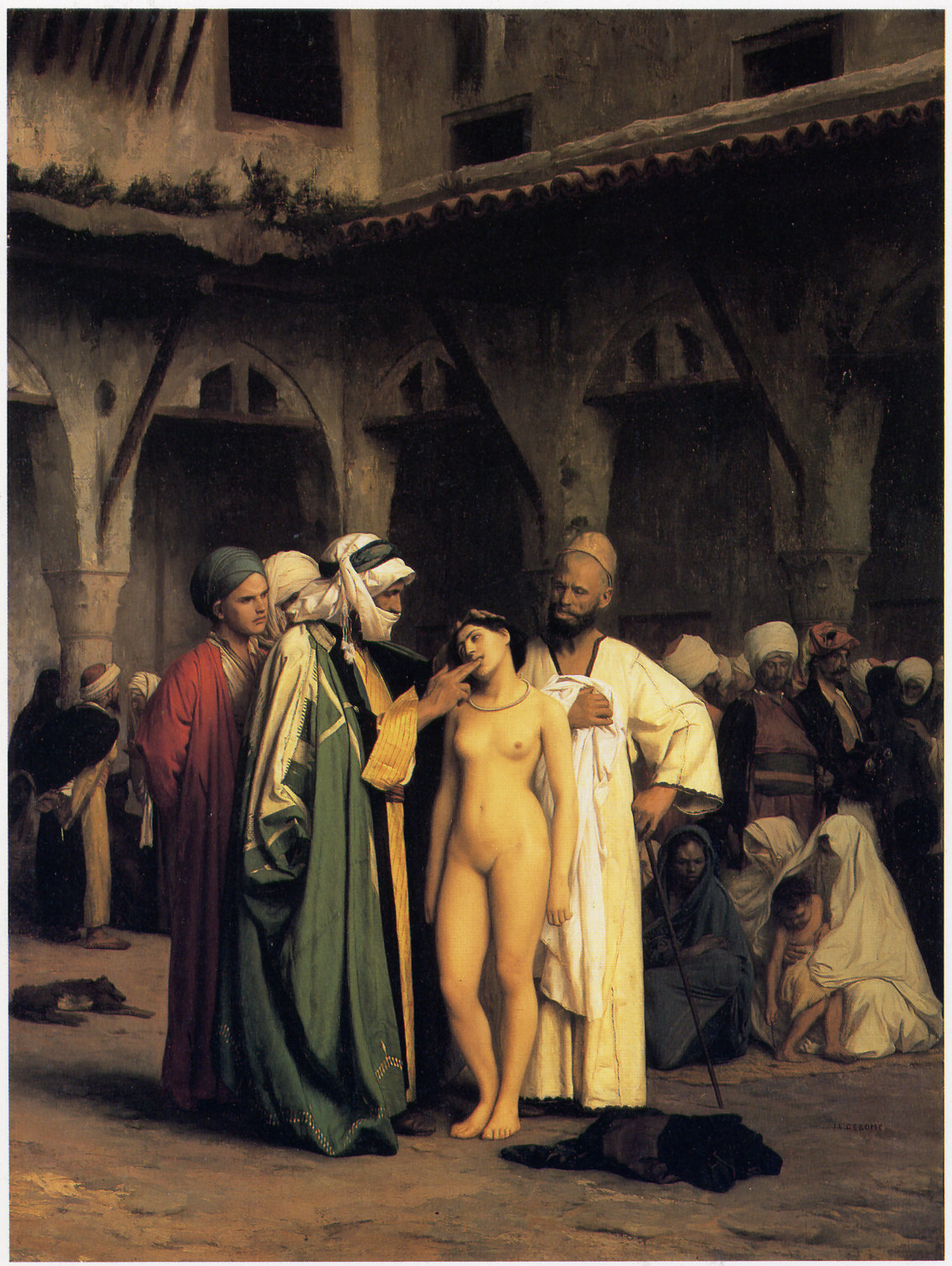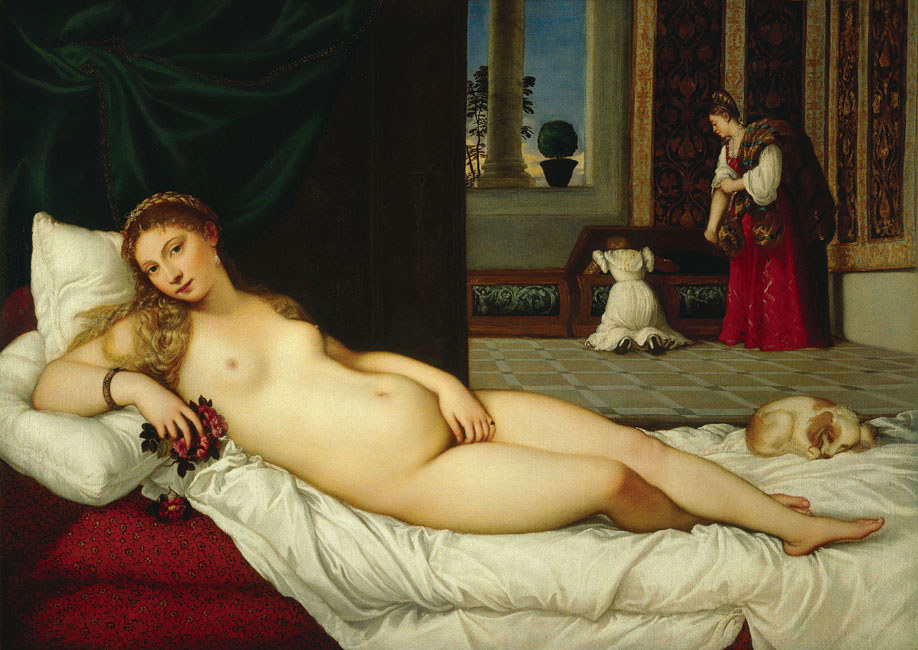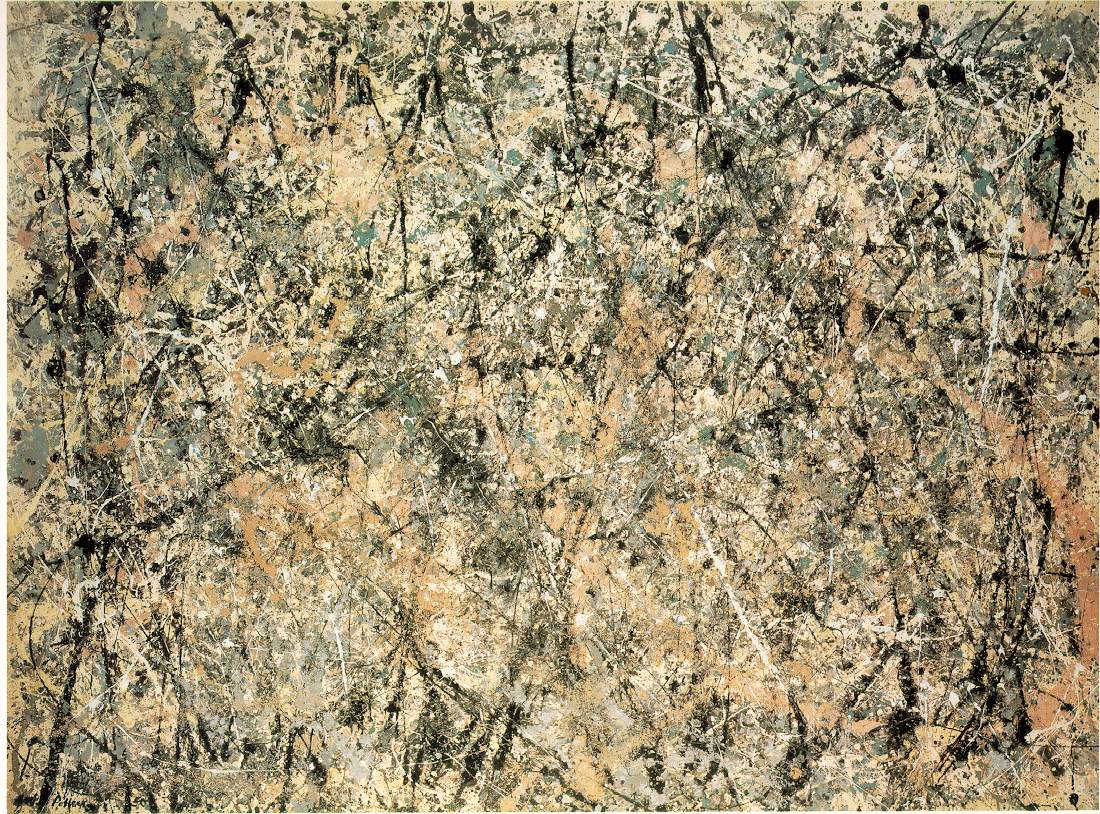Judy Chicago’s The Dinner Party is a “ceremonial banquet honoring a
total of 1,038 women”(The Dinner Party by the Feminist artist Judy
Chicago," n.d., p. 1), The banquet
table is “arranged on a triangular table
with a total of thirty-nine place settings, each commemorating an important
woman from history” (The Dinner Party by the Feminist artist Judy
Chicago," n.d., p. 1). The settings
consist of “embroidered runners, gold chalices and utensils, and china-painted
porcelain plates with raised central motifs that are based on vulvar and
butterfly forms” (The Dinner Party by the Feminist artist Judy Chicago,"
n.d., p. 1). The names of another “999
women are inscribed in gold on the white tile floor below the triangular table”
(The Dinner Party by the Feminist artist Judy Chicago," n.d., p. 1).
The dinner party was “collaboratively
produced between 1974 to1979 and was first exhibited in 1979” (The Dinner Party
by the Feminist artist Judy Chicago," n.d., p. 1). “Despite resistance from the art world it has
toured 16 venues in 6 countries on 3 continents to a viewing audience of 15
million, and since 2007 has had permanent fixture at the Elizabeth A. Sackler
Center for Feminist Art at the Brooklyn Museum” (The Dinner Party by the
Feminist artist Judy Chicago," n.d., p. 1).
Why Controversial?
The Dinner Party by Judy Chicago was controversial in its outright
“rebellion against the male-dominated art scene” ("Your guide to modern
art," p. 1) as well with its “major challenge to academic and artistic
tradition that the subject matter of women's achievements was adequate for a
monumental work of art”
(Woodman,
2012, p. 1).
“In the 21st century, the existence of women’s of achievements was
not big
news” (Woodman, 2012, p. 1),
“Chicago defied tradition, and challenged the usual boundaries of the
contemporary art world” (Woodman, 2012, p. 1).
She was the “first artist of her generation to embrace central core
imagery as a metaphor for the essence of womanhood”
(Fineman, 2007, p. 1).
She used a visual symbol which consisted of a
“ labia-petal-butterfly-wings rising up off the plate to depict women’s desire
to be set free from suffrage ” (Fineman, 2007, p. 1).
Chicago defied tradition, and challenged the usual boundaries
of the contemporary art world (Woodman, 2012, p. 1) by using media considered
“crafts such as needlework, ceramic decoration, and glass art”
(Woodman, 2012, p. 1).
In the art world this along with her “open
acknowledgement of studio participants and their role in the production of the
piece (Woodman, 2012, p. 1)”
was considered
“beneath the standard of fine art”
(Brooklyn
Museum, 2012, p. 1).
Chicago’s Dinner Party inspiration ‘feminist movement
“Inspired by the women's movement and rebelling against the
male-dominated art scene of the 1960”
("Your guide to modern art,"
p. 1).
Judy Chicago's work is
significant for furthering the feminist movement of the 1960s and 1970s, and for
the recognition and reinstatement of women's roles throughout histor
y “("Your guide to modern
art," p. 1).
Her work “fit into
the feminist movement of the 1970s which glorified and focused on the female
body” ("The Dinner Party by the Feminist artist Judy Chicago," n.d.,
p. 1), by elevating female achievements in Western history to a heroic scale
traditionally reserved for men” ("The Dinner Party by the Feminist artist
Judy Chicago," n.d., p. 1).
Chicago Dinner Party traveled and as it did the “culture it was
part of slowly shifted” ("The Dinner Party by the Feminist artist Judy
Chicago," n.d., p. 1). “Women's studies joined existing specialties on
college campuses, women's rights were slowly won in the workplace, the
courtroom and the schoolyard and some churches yielded to women's demands for
leadership roles” ("The Dinner Party by the Feminist artist Judy Chicago ," n.d., p.
1). “Geraldine Ferraro ran for Vice
President of the United States on the Democratic ticket “(The Dinner Party by the
Feminist artist Judy Chicago," n.d., p. 1) and the “art world, trends that
had first emerged in California feminist art began to sweep the country” (The Dinner Party by the Feminist artist Judy
Chicago," n.d., p. 1).
The key chapter in the feminist movement was the “opening of the
Elizabeth A. Sackler Center for Feminist Art at the Brooklyn Museum in March
2007” (The Dinner Party by the Feminist artist Judy Chicago," n.d., p. 1) which
was “specifically designed for the permanent installation of Chicago's
foundational work, The Dinner Part representing the first major step in the
institutionalization of Feminist Art” (The Dinner Party by the Feminist artist
Judy Chicago," n.d., p. 1).
The Art World and Critics Response
Chicago’s work was viewed as a “craft or domestic art”
(Woodman, 2012, p. 1) because of
her use of “traditional female accomplishments such as textile arts weaving,
embroidery, sewing and china painting”
(Woodman, 2012, p. 1).
Art vs Craft
The Merrian-Webster dictionary defines craft as a “skill in
planning, making, or executing”
(http://www.merriam-webster.com/dictionary/craft). It is also defined as “ an occupation or trade requiring manual
dexterity or artistic skill” (
http://www.merriam-webster.com/dictionary/craft). So based on this definition it can be said
that craft is a skill which can be utilized to produce art, but is this always
the case? Some many have hobbies in
which they produce crafts are they necessarily art.
Though a craft may be done for the mere pleasure generally an
artist creates a piece as a means of communication, whether it a statement or
an idea. The quandary with the Dinner Party is it an art or a craft.
Did Chicago merely put the craft items
together or is it really art.
Well this
is hard.
According to the
Merrian-Webster dictionary Chicago did display an artistic skill in creating
the “butterfly- or flowerlike sculpture plates”
(Woodman, 2012, p. 1) and use “textile
arts (weaving, embroidery, sewing) and china painting in her piece which are
items which are to be craft or domestic art”
(Woodman, 2012, p. 1).
Chicago’s use of crafts in her piece “helped validate the
importance of crafts-based art forms and break down the boundaries separating
them from their "high" art counterparts,
art media, such as painting”
(Fineman,
2007, p. 1).
Personal Thoughts
This was an amazing assignment.
I found Judy Chicago’s work fascinating and would love to go to see this
piece in person. Being raised in an
Italian immigrated household where the male figure rules the roost I applaud
her work. I was always made to feel I was insignificant and my only purpose in
life was to marry and have a family. As
a matter of fact I was not permitted to attend college as a young adult because
it was believed to be a waste of time.
After all you did need to go to college to learn how to wash cloths or
dishes and cook? Men only went to
college because they were to be the providers.
Who cared what I wanted.
I love this piece because it gives women value and worth.
It shows the world that women are not
inferior and can do just as much as men can and have.
I applaud her vivid imagination of
“entertaining, provoking, and engaging the viewer in a pleasurably interactive
learning process” (Fineman, 2007, p. 1), and agree with others that use of “physical
presence is far more persuasive than any verbal description or explanation”
(Fineman, 2007, p. 1).
Reaction to final article ‘The Sexual Politics of the Dinner Party’ and
how it impacted my views and thoughts of the Dinner Party
In this article I really did not care
for Mullarky’s description of Chicago’s audience as being “gullible,
insensitive and needy” (Jones, 2005, p. 412), nor did I appreciate his “dismissal
of the middle class housewife”
(Jones,
2005, p. 412), as if we are not cultured enough to appreciate
creativeness.
I loved Chicago’s definition
of female sensibility and her statement that “women might have a different
point of view than a man”
(Jones,
2005, p. 420) and believe that her statement “marked gender as informative of
cultural practice’s”
(Jones, 2005,
p. 420) and thereby successfully refused the masculine notion of universality”
(Jones, 2005, p. 420).
References















.png)


